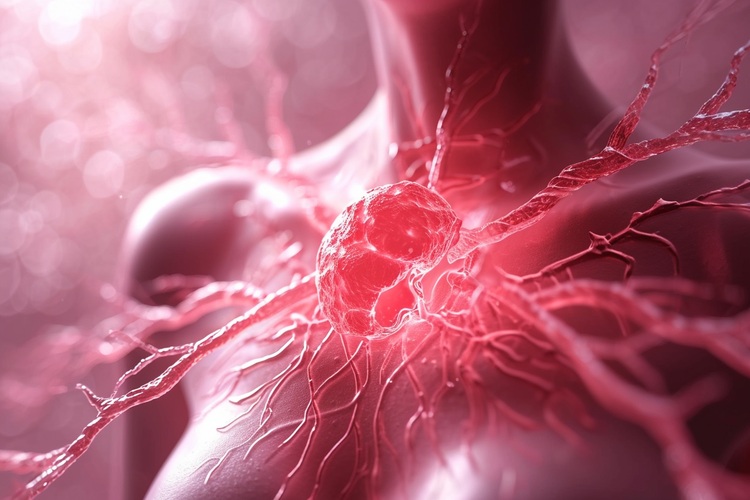Understanding Breast Cancer Symptoms: A Comprehensive Guide
Breast cancer is one of the most common forms of cancer, but early detection can make a significant difference in treatment outcomes. Knowing the signs and symptoms of breast cancer is crucial for early identification and getting prompt medical attention. This article will explore common symptoms, what to watch out for, and when to seek professional help.

Changes in Breast Appearance and Texture
One of the most noticeable early signs of breast cancer can be changes in the appearance or feel of the breast. These changes might include the development of a lump, swelling, or an area that feels denser than the surrounding tissue. Sometimes, the skin on the breast might take on a different texture, becoming dimpled or rough like the surface of an orange.
Although not every change in breast texture or shape is an indication of cancer, it is essential to be aware of what is normal for your body. Regular self-exams can help you become familiar with the normal shape and texture of your breasts, making it easier to notice when something feels different. It’s also worth remembering that breast tissue changes over time, particularly during hormonal shifts, so being mindful of long-term patterns is helpful.
Nipple Changes and Discharge
Nipple changes can also be an early warning sign of breast cancer. A common symptom is a retraction or inversion of the nipple, meaning the nipple turns inward instead of pointing outward. Additionally, any sudden or unexplained discharge from the nipple, especially if it is bloody or clear, warrants further investigation.
Sometimes, changes around the nipple area, such as flaking or irritation of the skin, can also be an indicator of underlying health issues. While not all nipple changes signal breast cancer, it’s essential to seek medical advice if you notice persistent changes, particularly if they are accompanied by other symptoms like lumps or swelling.
Unexplained Pain or Discomfort
Breast pain can occur for many reasons, including hormonal fluctuations, injury, or infection, and in most cases, it does not indicate cancer. However, if you experience persistent or unexplained pain in the breast or underarm area, it’s worth considering that it may be related to an underlying condition, such as breast cancer.
Breast cancer-related pain is typically localized and does not follow the typical patterns of cyclical pain associated with menstrual cycles. If the discomfort continues for an extended period or if it is accompanied by other signs such as changes in breast size or shape, a medical consultation is highly advisable. Remember, early detection can lead to more effective treatment options.
Swelling and Changes in Lymph Nodes
Another important area to monitor when considering breast cancer symptoms is the lymph nodes. Lymph nodes, particularly those located under the arms or near the collarbone, can become swollen or tender as the body responds to cancerous activity. In some cases, the first sign of breast cancer may be swelling in the lymph nodes before any noticeable changes occur in the breast itself.
Because lymph nodes are part of the body’s immune system, they can swell in response to various conditions, not just cancer. However, any persistent or unexplained swelling in this area should be evaluated by a healthcare professional. They may perform a physical exam or imaging tests to determine the underlying cause.
When to Seek Medical Advice
Understanding what constitutes normal versus abnormal changes in your body is vital for maintaining breast health. Regular self-exams, combined with professional screenings, can make a difference in detecting breast cancer early. If you notice any of the symptoms discussed—whether it’s a lump, swelling, nipple discharge, or unexplained pain—schedule a visit with a healthcare provider for further evaluation.
Medical experts recommend routine mammograms as part of breast cancer screening, particularly for women over the age of 40 or those with a higher risk of developing breast cancer. However, even younger individuals should pay attention to any unusual changes and discuss them with a doctor. Early action can significantly improve treatment outcomes and overall prognosis.
In summary, being aware of the potential signs of breast cancer and remaining vigilant about changes in breast health can empower individuals to take proactive steps toward early detection. If you notice anything unusual, don’t hesitate to consult a healthcare professional—early intervention is key. Regular check-ups and awareness of your body are vital in maintaining long-term health.




